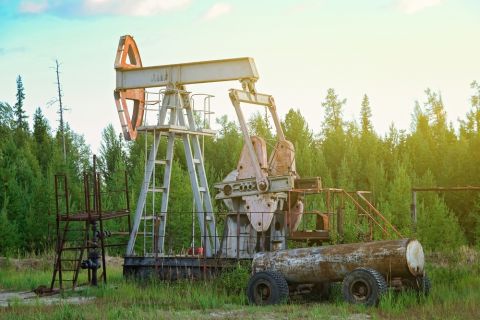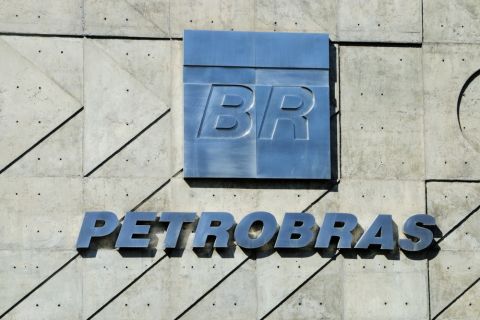
It would take an estimated 280-rig increase to turbocharge U.S. shale production within a short window of time, according to Stratas Advisors’ Stephen Beck. (Source: Hart Energy/Shutterstock.com)
[Editor's note: This story originally appeared in the January 2020 edition of E&P. Subscribe to the magazine here.]
Modern-day history is chock full of “where were you when ‘xyz’ event happened?” moments. Most people of a certain age vividly remember what they were doing on Nov. 22, 1963, when they learned the news of the assassination of U.S. President John F. Kennedy.
Even more remember hearing the news of American Airlines Flight 11’s crash into the North Tower of the World Trade Center on Sept. 11, 2001, and the following realization that it was not accidental as three more planes crashed into infamy.
These events shape our response to future tragedies. Take, for example, the drone attack on the two Saudi Aramco refineries at Abqaiq and Khurais. It rekindled memories of Kuwait, Desert Storm and my first taste of the fear that surrounds possible oil supply disruptions. I was a teenager itching to get my first car and driver’s license at the time.
The meteoric rise of unconventional oil and gas development answered the collective call to lessen U.S. dependence on foreign oil. However, the drone attacks—even though I know the U.S. is producing 12-plus MMbbl/d of crude oil—brought forward the spectre of a supply disruption.
It was with curious ears that I listened to Stratas Advisors’ Stephen Beck at the recent DUG Midcontinent Conference give his answer to the million-barrel question. Can U.S. shale hit the gas on crude production at a moment’s notice? What would it take to deliver an additional 1 MMbbl/d of oil?
According to Beck, it would take an estimated 280-rig increase to turbocharge shale production within a short window of time.

It would require a coordinated, multilayered effort. In his estimate, to increase production by another million barrels within a six-month time frame, it would require 420 additional wells added above plan each month with 2,100 truckload movements per month just to move those rigs. It would require 15,960 additional stages completed each month, with 93 completion spreads added to service, more than 6 Blb of additional proppant and more than 7 Bgal of additional water.
It would require a tremendous amount of steel, supplies and sweat to make it happen. As Beck noted, it would be a daunting task, but we’ve done it before, so why not again?
Helping in this daunting quest will be people like this year’s Energy Innovators. E&P is honored to recognize these men and women for their leadership and contributions in advancing oil- and gas-related technologies. Visit hartenergy.com/energy-
Read E&P's accompanying 2020 Energy Innovators articles:
Recommended Reading
NAPE: Turning Orphan Wells From a Hot Mess Into a Hot Opportunity
2024-02-09 - Certain orphaned wells across the U.S. could be plugged to earn carbon credits.
Exxon Versus Chevron: The Fight for Hess’ 30% Guyana Interest
2024-03-04 - Chevron's plan to buy Hess Corp. and assume a 30% foothold in Guyana has been complicated by Exxon Mobil and CNOOC's claims that they have the right of first refusal for the interest.
Petrobras to Step Up Exploration with $7.5B in Capex, CEO Says
2024-03-26 - Petrobras CEO Jean Paul Prates said the company is considering exploration opportunities from the Equatorial margin of South America to West Africa.
The OGInterview: How do Woodside's Growth Projects Fit into its Portfolio?
2024-04-01 - Woodside Energy CEO Meg O'Neill discusses the company's current growth projects across the globe and the impact they will have on the company's future with Hart Energy's Pietro Pitts.
Chevron Hunts Upside for Oil Recovery, D&C Savings with Permian Pilots
2024-02-06 - New techniques and technologies being piloted by Chevron in the Permian Basin are improving drilling and completed cycle times. Executives at the California-based major hope to eventually improve overall resource recovery from its shale portfolio.





